My extensive list of skills
UI/UX Job Interview Questions: The 9 Questions You Must Prepare For

If you’re preparing for UI/UX job interviews, you’re likely wondering which questions will come up and how to answer them confidently. This guide breaks down the nine most common UI/UX job interview questions, what interviewers are trying to assess, and practical ways to answer—so you can show up prepared, authentic, and ready to land the role.
Table of Contents
- Quick overview: what hiring teams want
- 1. Tell us about yourself
- 2. What is your UX process?
- 3. How do you collaborate with PMs, developers, and other teammates?
- 4. Tell me about the project you’re most proud of
- 5. Tell me about a time something didn’t go right
- 6. How would you improve our product?
- 7. What are your biggest strengths and weaknesses?
- 8. Which websites or apps do you like and why?
- 9. Why do you want to work here?
- Quick answer framework to remember
- FAQ — Common follow-ups about UI/UX job interview questions
- Final tips
Quick overview: what hiring teams want
Recruiters aim to learn about three aspects of you: the way you think, your teamwork skills, and the results of your work. The following nine UI/UX job interview questions are directly related to these themes and will provide you with a clear structure to respond to each of them.
1. Tell us about yourself
The underlying question is: "What makes you the most appropriate candidate for thisposition?"
- Start with the origin of your interest in UX (brief story, 1–2 sentences).
- Connect your past experience and skills to the role’s needs.
- End with why you want to work at this company—show you’ve researched them.
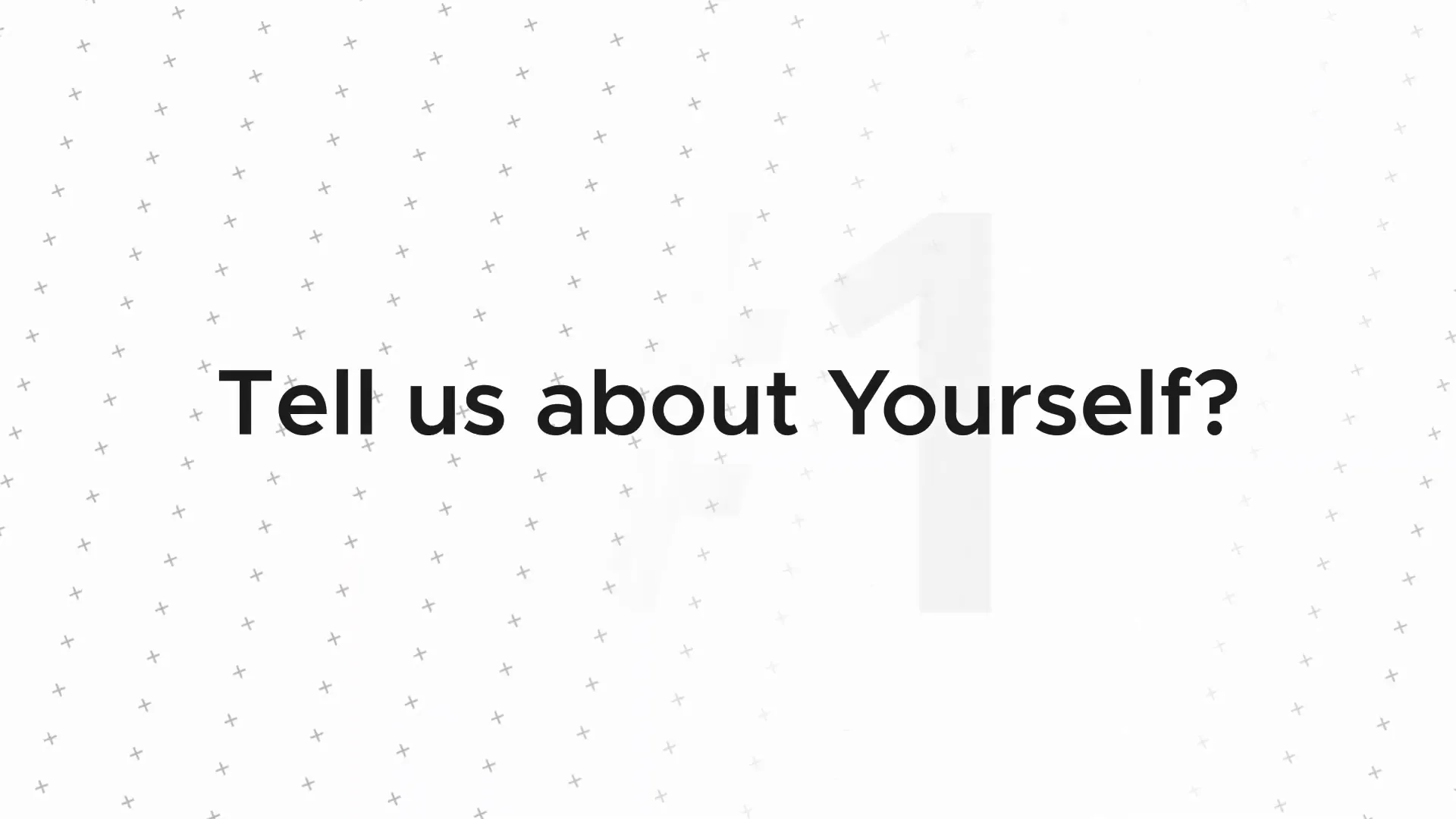
2. What is your UX process?
What they’re really asking: “How do you approach problems from research to delivery?”
- Walk through a typical project: discovery → research → ideation → validation → delivery.
- Mention tools and artifacts you use (personas, journey maps, wireframes, prototypes, usability tests).
- Highlight collaboration points and metrics you track.
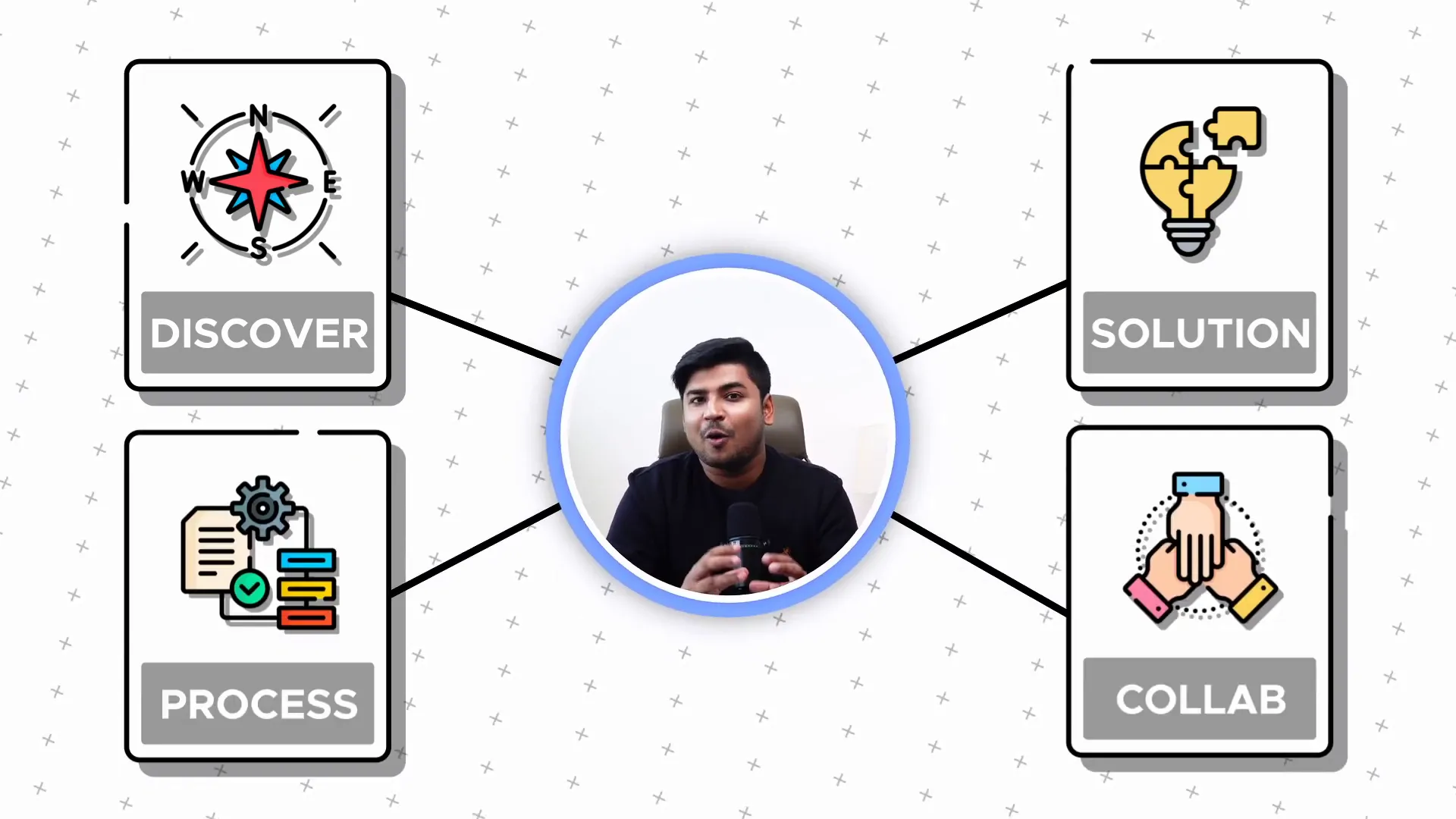
3. How do you collaborate with PMs, developers, and other teammates?
The actual question: "Do you collaborate with other people effectively and speak concisely?"
- Give a concrete example of a cross-functional project and your role.
- Describe your communication cadence (standups, handoffs, design reviews).
- Ask about the interviewer’s current team structure—conversation is two-way.
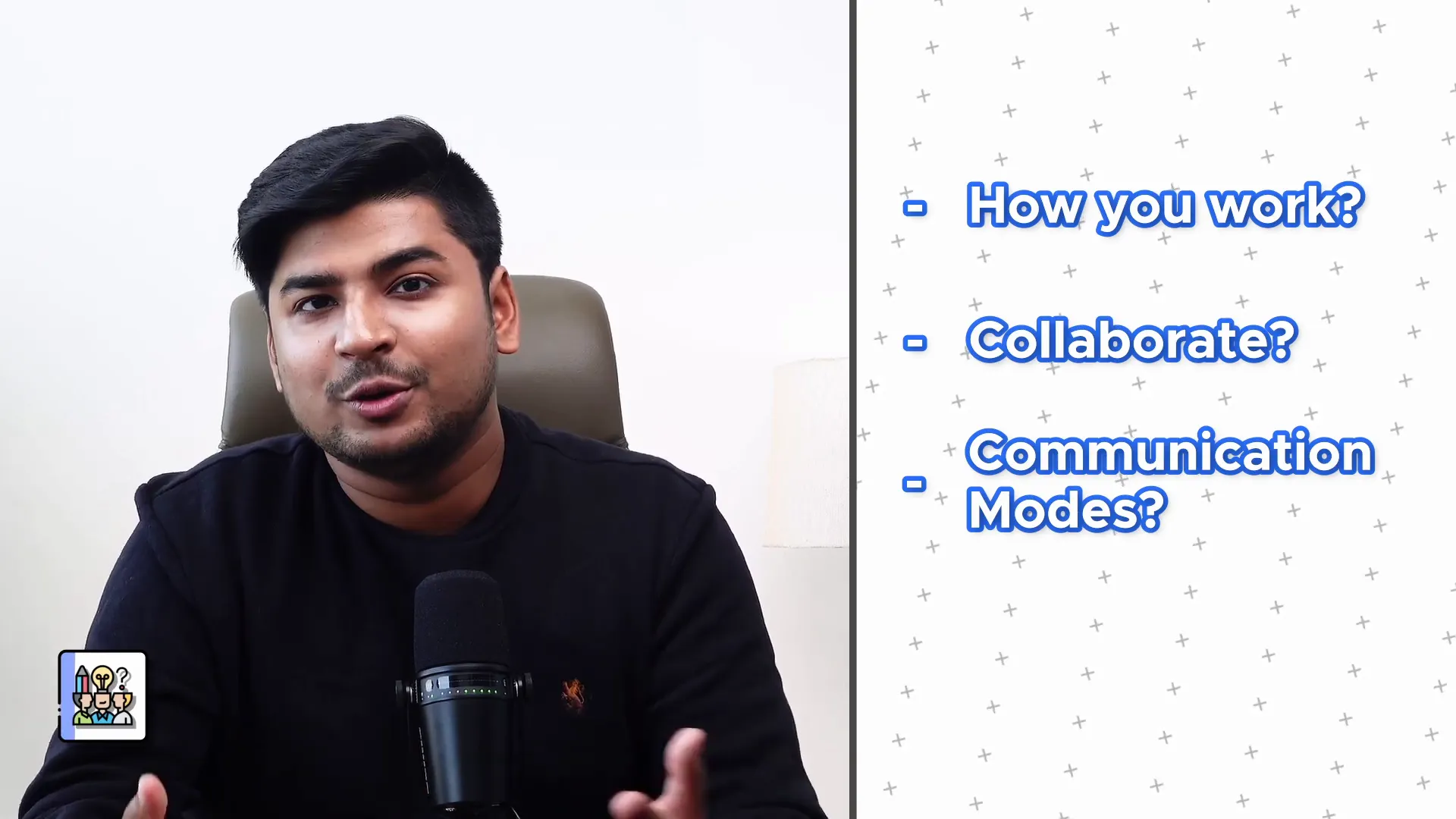
4. Tell me about the project you’re most proud of
What the candidate actually wants to find out is, "What is your best work and what effect did it have?"
- Choose one portfolio project that demonstrates measurable value.
- Explain your process, contribution, and the outcomes (metrics where possible).
- Be concise: set context, challenge, solution, and result.
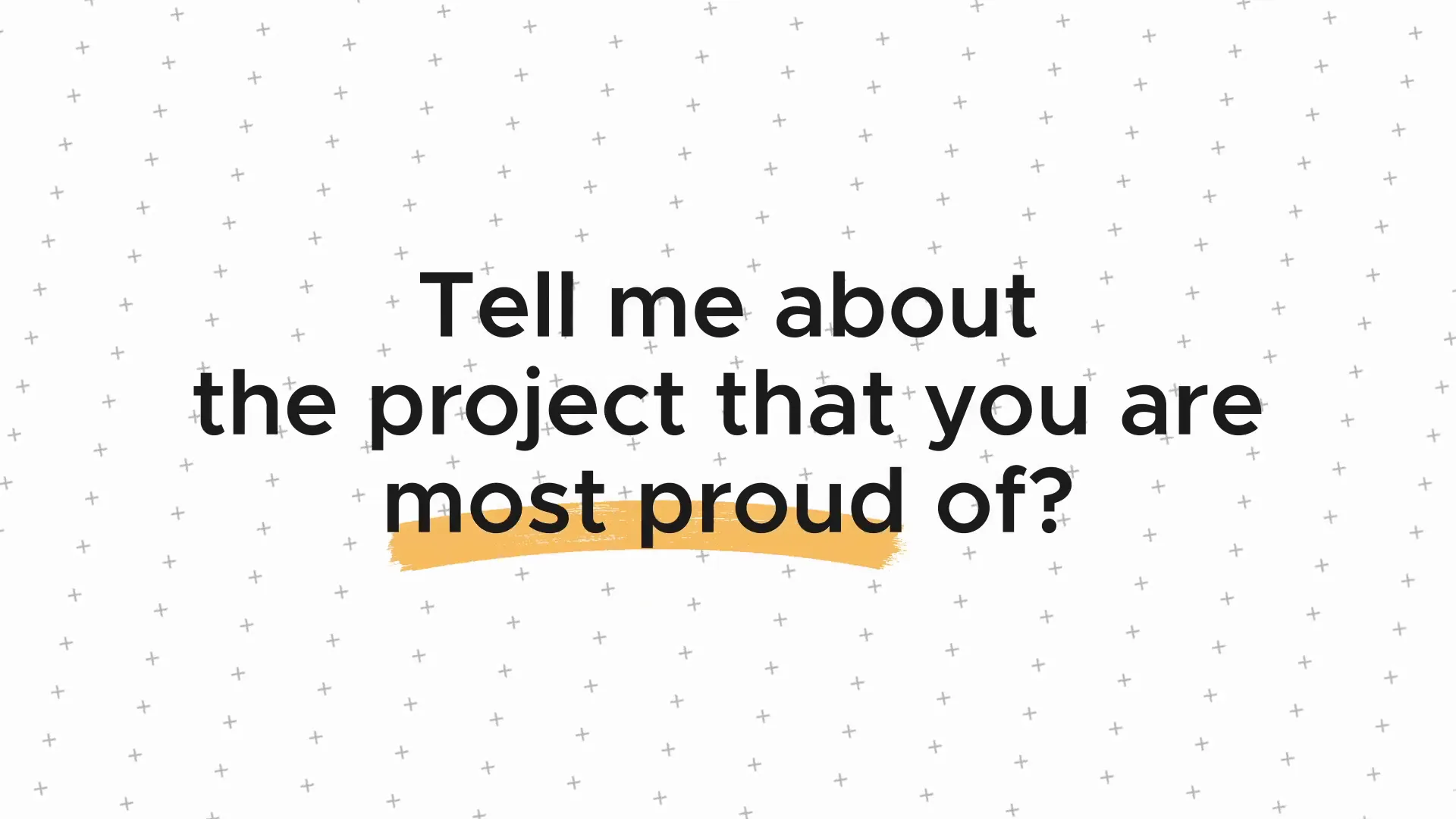
5. Tell me about a time something didn’t go right
The true question they want to know is: "Are you capable of taking responsibility for your failures and gaining insights from them?"
- Pick a specific situation, explain the problem, and focus on what you learned.
- Share corrective steps you took and how the process improved afterwards.
- Avoid blaming—show accountability and growth.

6. How would you improve our product?
What they are actually asking: "Did you carry out your research about us, thus being able to give us well-thought-out and courteous feedback?"
- Spend time using the product before the interview.
- Start with positives, then suggest specific improvements with rationale.
- Frame suggestions as hypotheses you’d validate through research or testing.
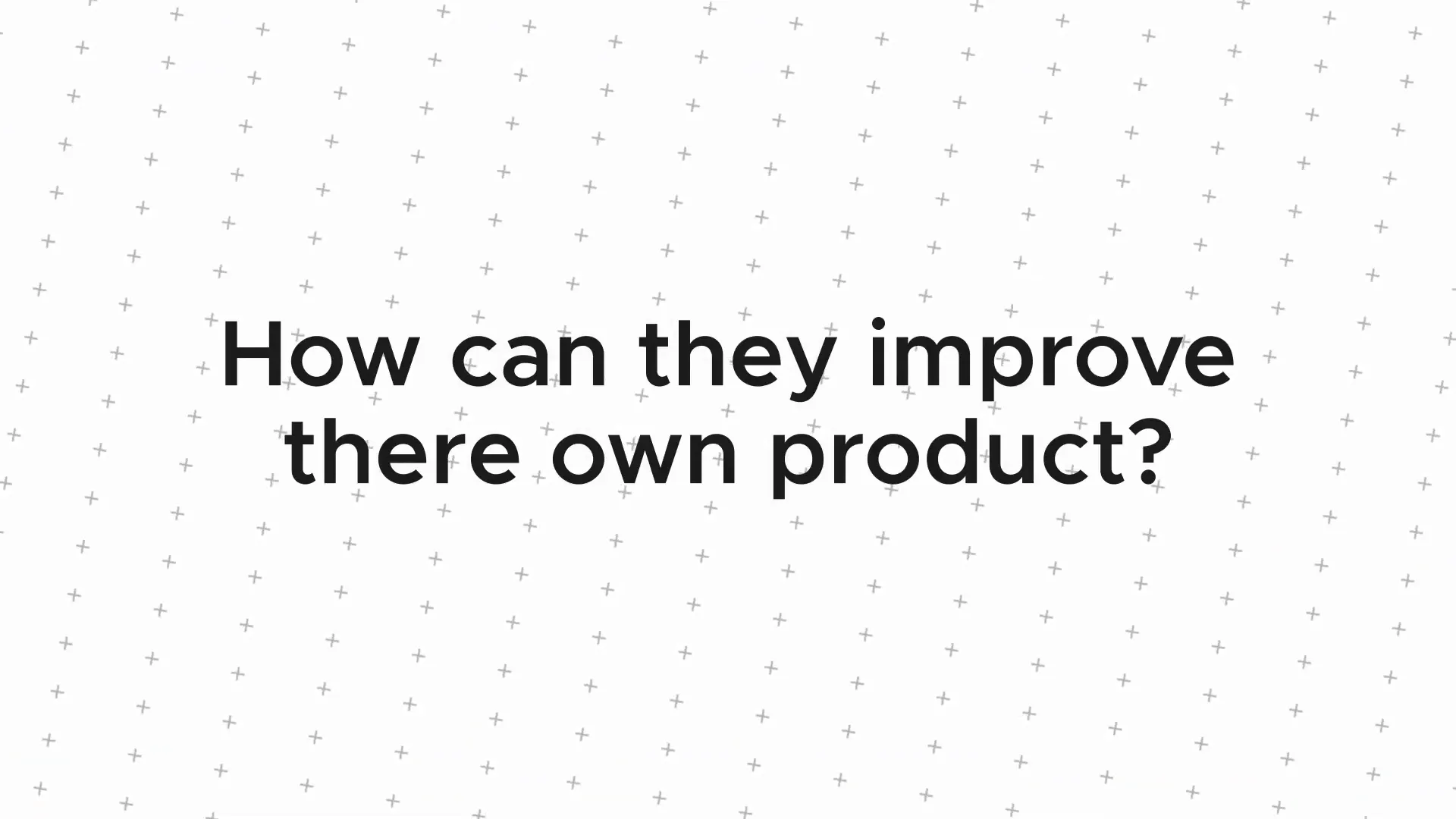
7. What are your biggest strengths and weaknesses?
The main theme of the question: "What level of self-awareness and coachability do you demonstrate?"
- For strengths: give examples of projects where those skills helped the team.
- For weaknesses: pick a real, non-critical area and show concrete steps you’re taking to improve.
- Show eagerness to learn—recruiters like trainable candidates.
8. Which websites or apps do you like and why?
What they actually want to know is: "What do you think of the design and what is your way of assessing products?"
- Choose a few products you genuinely use and can explain why you like them (visuals, usability, delight, performance).
- Prepare to answer “why” with design-driven observations, not generic praise.
- If unsure, don’t claim familiarity—honesty is better than vague flattery.
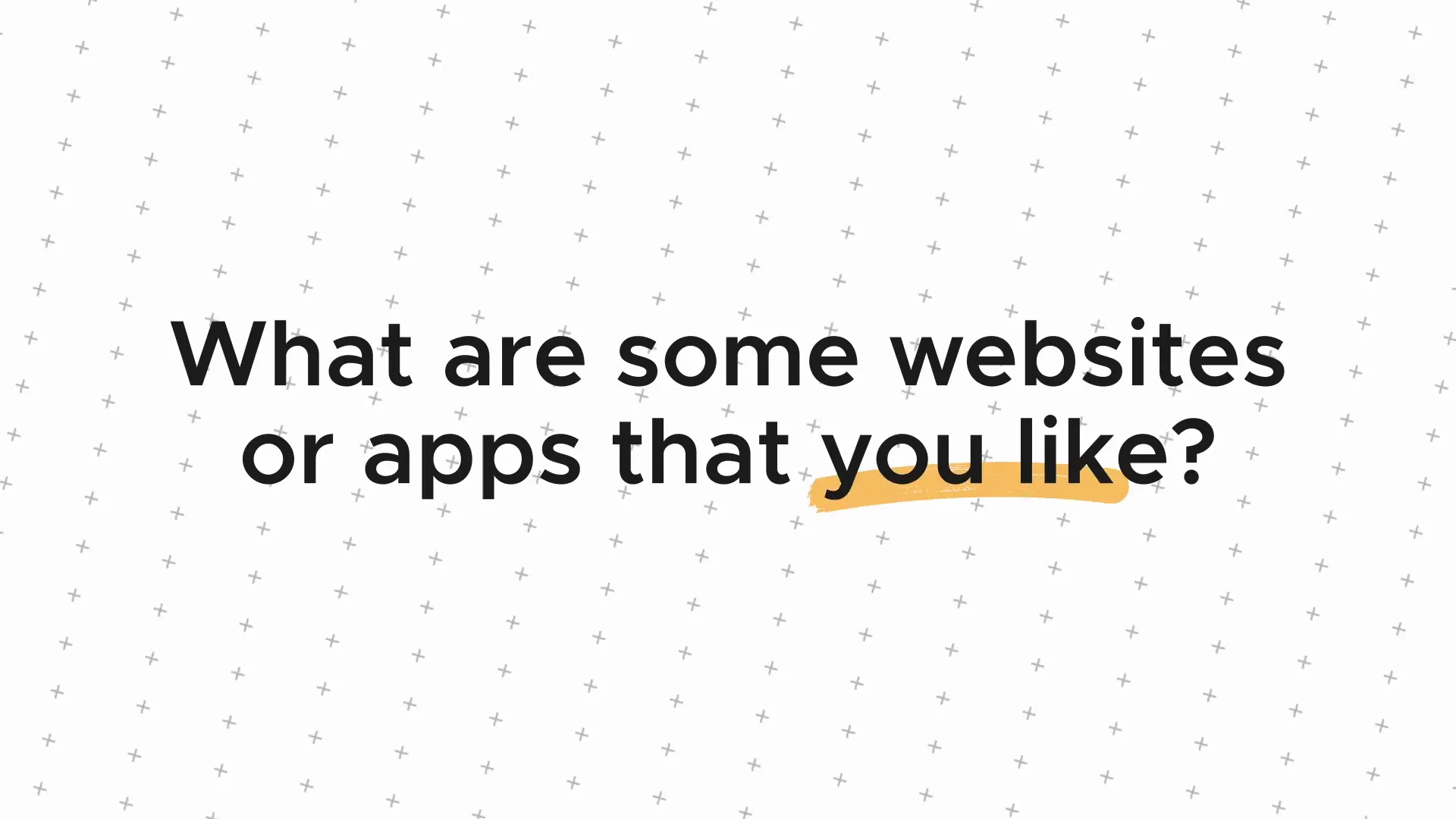
9. Why do you want to work here?
What they genuinely seek is not just the question: "Are you interested in our mission and are you able to provide value that is important and significant?"
- Demonstrate that you’ve researched the company’s mission, product, and recent work.
- Explain what you can contribute and how you’d help the company reach its next goals.
- Keep the focus on the company’s needs, not just what you want out of the role.
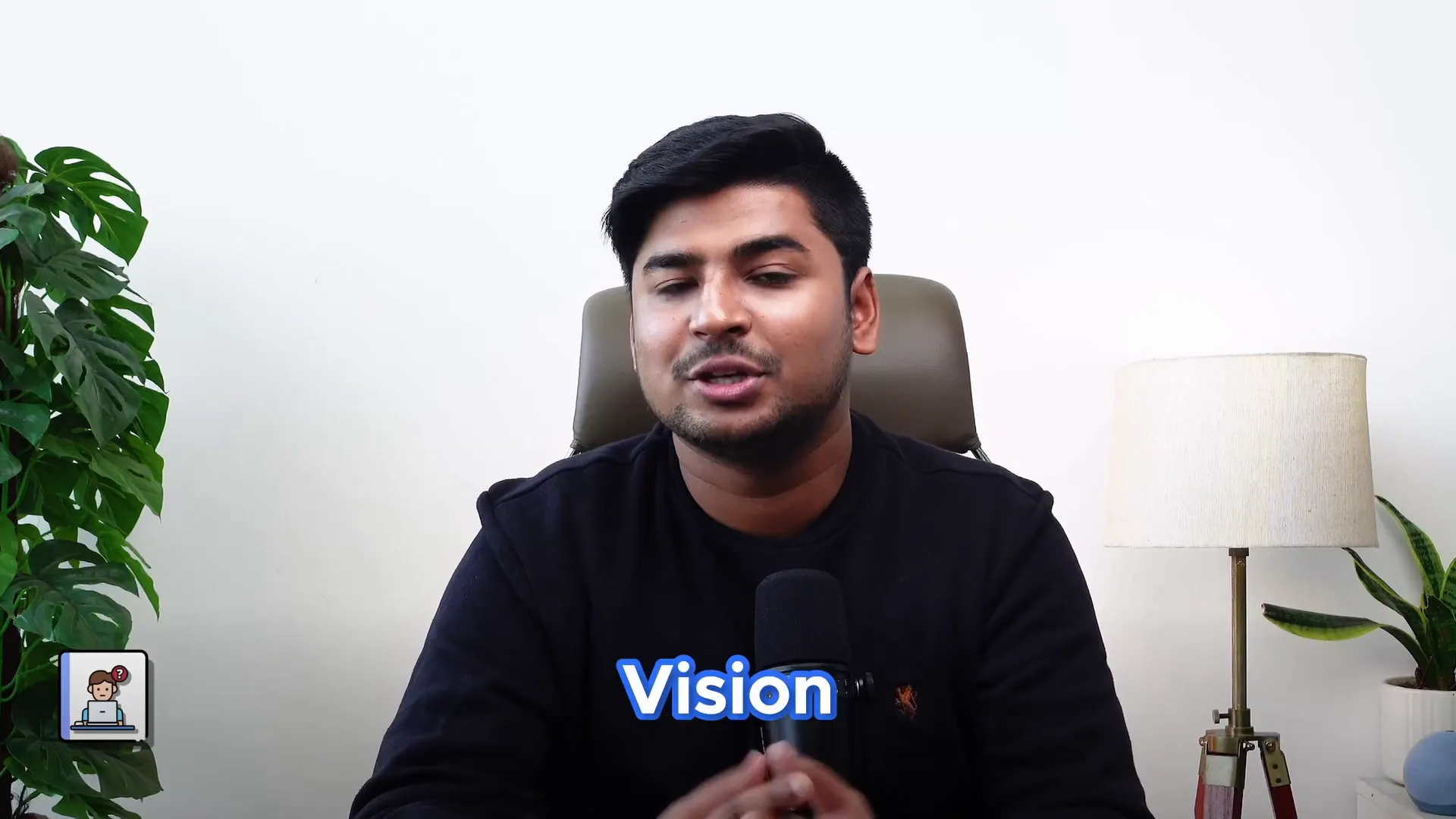
Quick answer framework to remember
- Situation — give context.
- Task — explain your role.
- Action — describe what you did (process + collaboration).
- Result — share the outcome and what you learned.
FAQ — Common follow-ups about UI/UX job interview questions
Q: How long should my answers be?
A: Aim for 60–120 seconds for most answers. For portfolio walkthroughs, 3–5 minutes is fine if you keep it structured.
Q: What if I don’t have professional UX experience?
A: Concentrate on skills that can be transferred, projects from bootcamps, or personal work, and clarify that you are ready for the job. Show your quick learning process and willing to do more.
Q: Should I bring a portfolio?
A: Yes. A concise portfolio (3–5 strong case studies) beats a long one. Each case study should follow the Situation→Task→Action→Result format.
Q: How do I practice?
A: Mock interviews with peers, recording yourself, and preparing one-line answers to common questions will build confidence and clarity.
Final tips
- Be concise, confident, and honest. Confidence matters—practice your delivery.
- Use metrics and examples where possible to show impact.
- Turn the interview into a conversation—ask about team structure and next challenges.
- After the interview, follow up with thoughtful questions or a thank-you note referencing something specific you discussed.
Credit: This guide summarizes practical advice from Rohan Mishra’s video on UI/UX job interviews. Use these strategies to prepare for the nine key UI/UX job interview questions and present your best, most authentic self. Happy designing!
